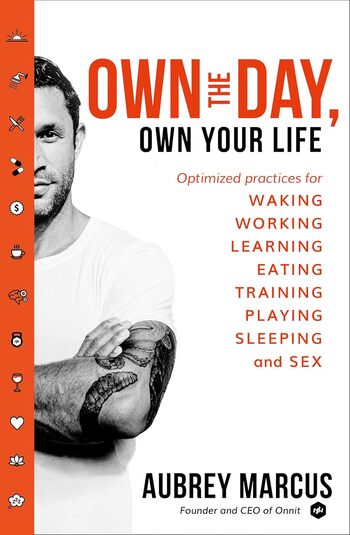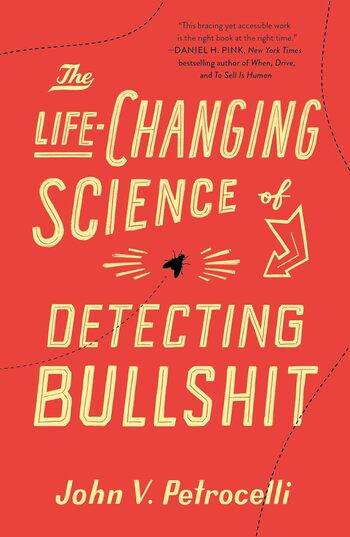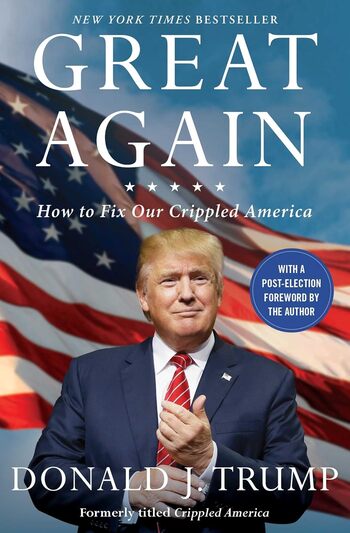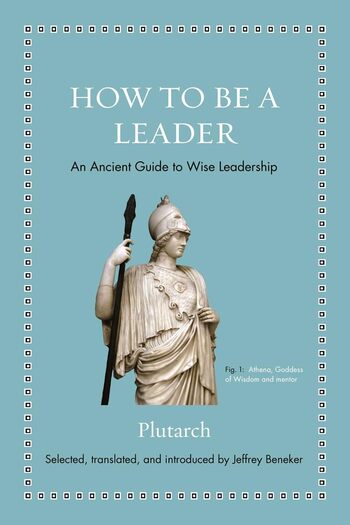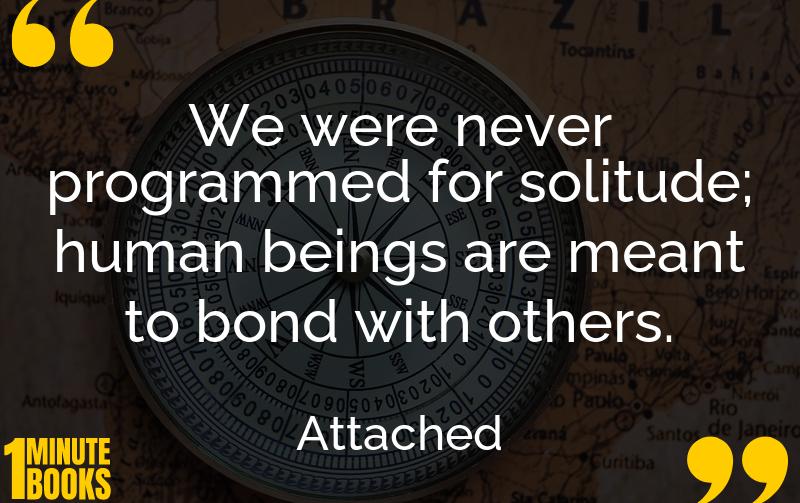
The book ‘Attached’ explores attachment theory, detailing how our childhood experiences shape three primary attachment styles: anxious, avoidant, and secure, affecting our adult relationships.
Main Lessons
- Attachment theory was developed by John Bowlby.
- Our attachment style is shaped by childhood experiences and parenting.
- Three main attachment styles are: anxious, avoidant, and secure.
- Anxious style involves preoccupation with relationships and insecurity.
- Avoidant style includes discomfort with intimacy and a desire for independence.
- Secure style embodies comfort with closeness without dependency.
- Evolutionary biology drives our basic need for attachment.
- Dependency can lead to greater independence, known as the dependency paradox.
- Anxious types use activating strategies to seek closeness.
- Avoidant types employ deactivating strategies to keep distance.
- Healthy relationships can prolong life; unhealthy ones can be harmful.
- Secure partners effectively communicate and handle conflicts well.
- Effective communication is essential for relationship success.
- Anxious types are often attracted to avoidant partners, forming unhealthy dynamics.
- Choosing a secure partner can enhance relationship satisfaction and reducing anxiety.
